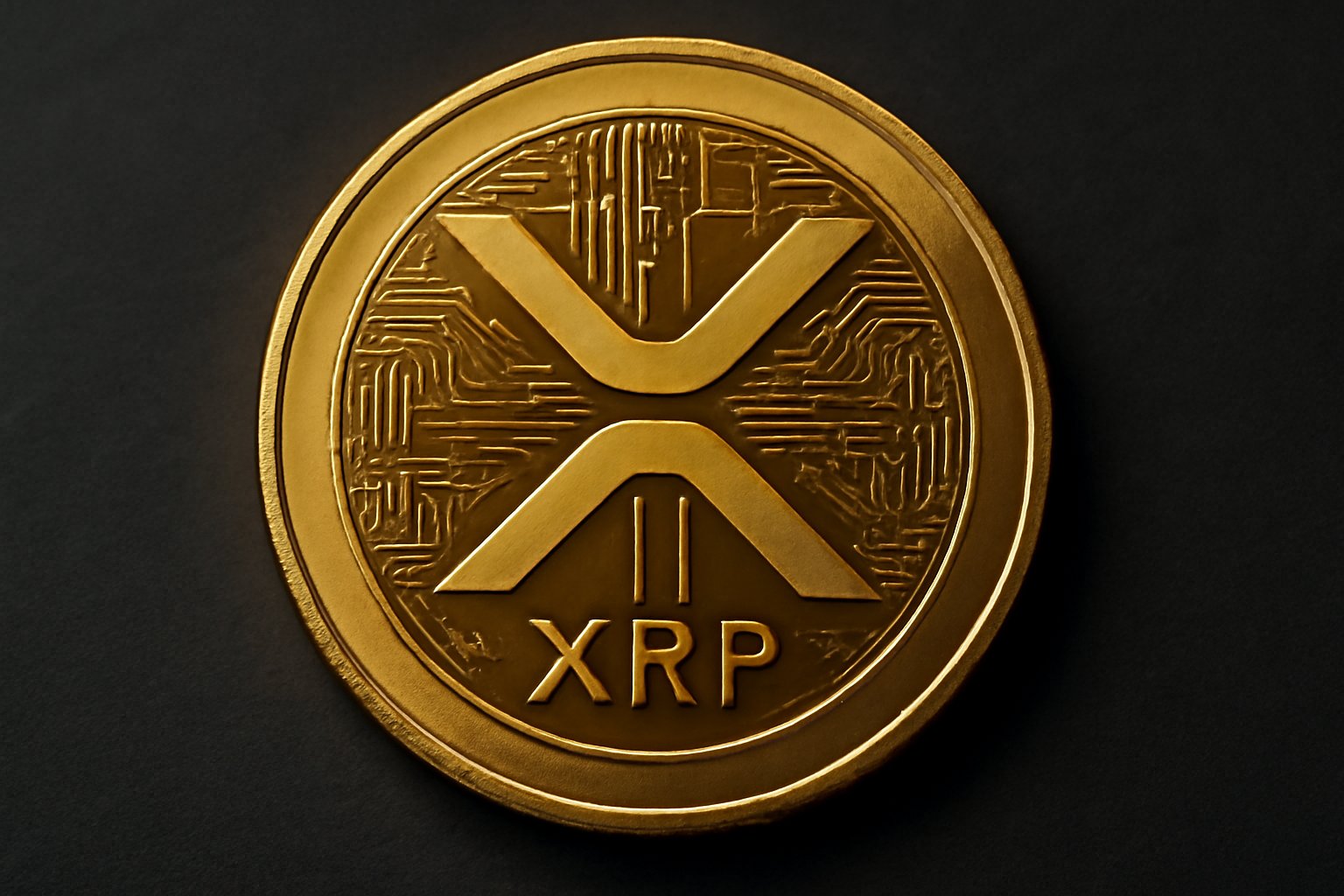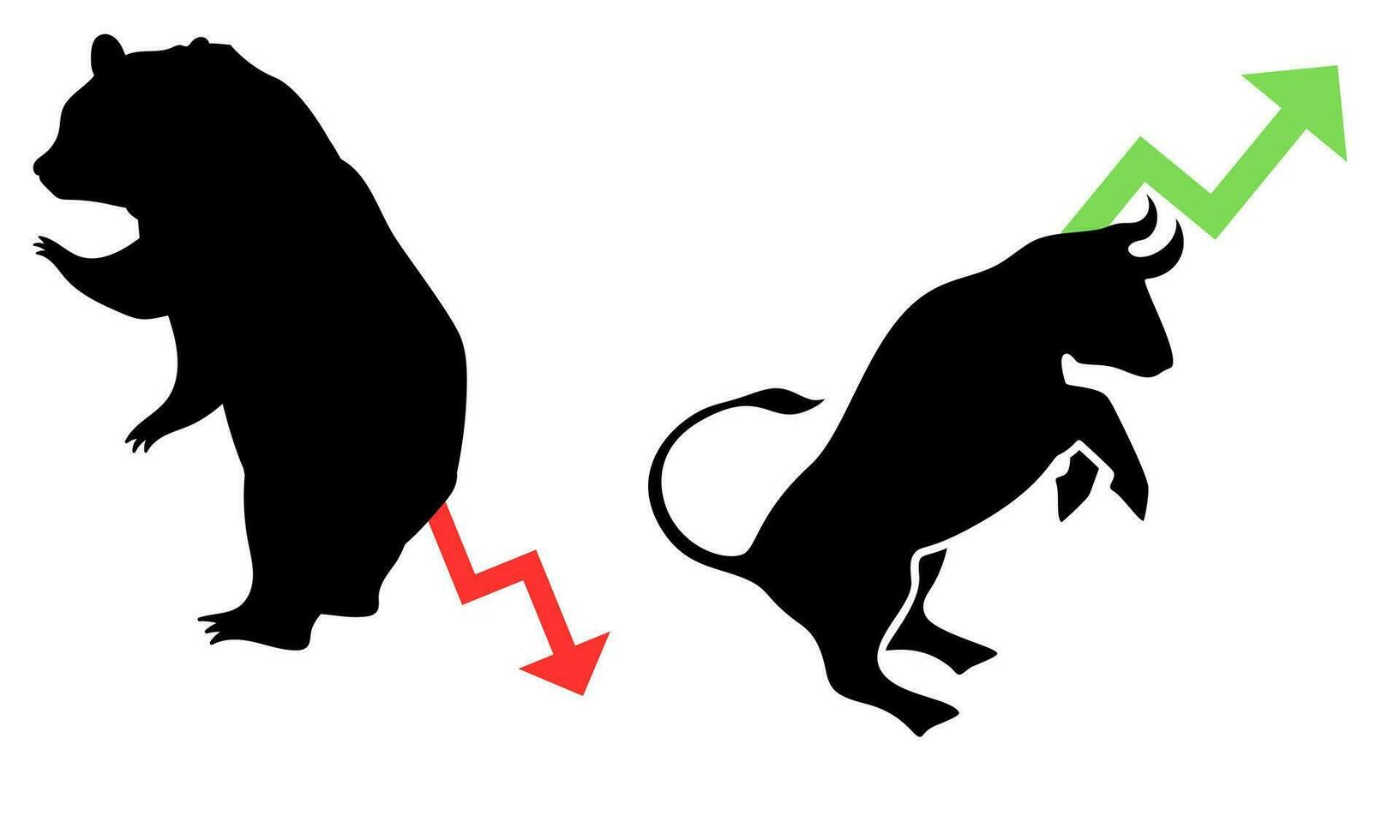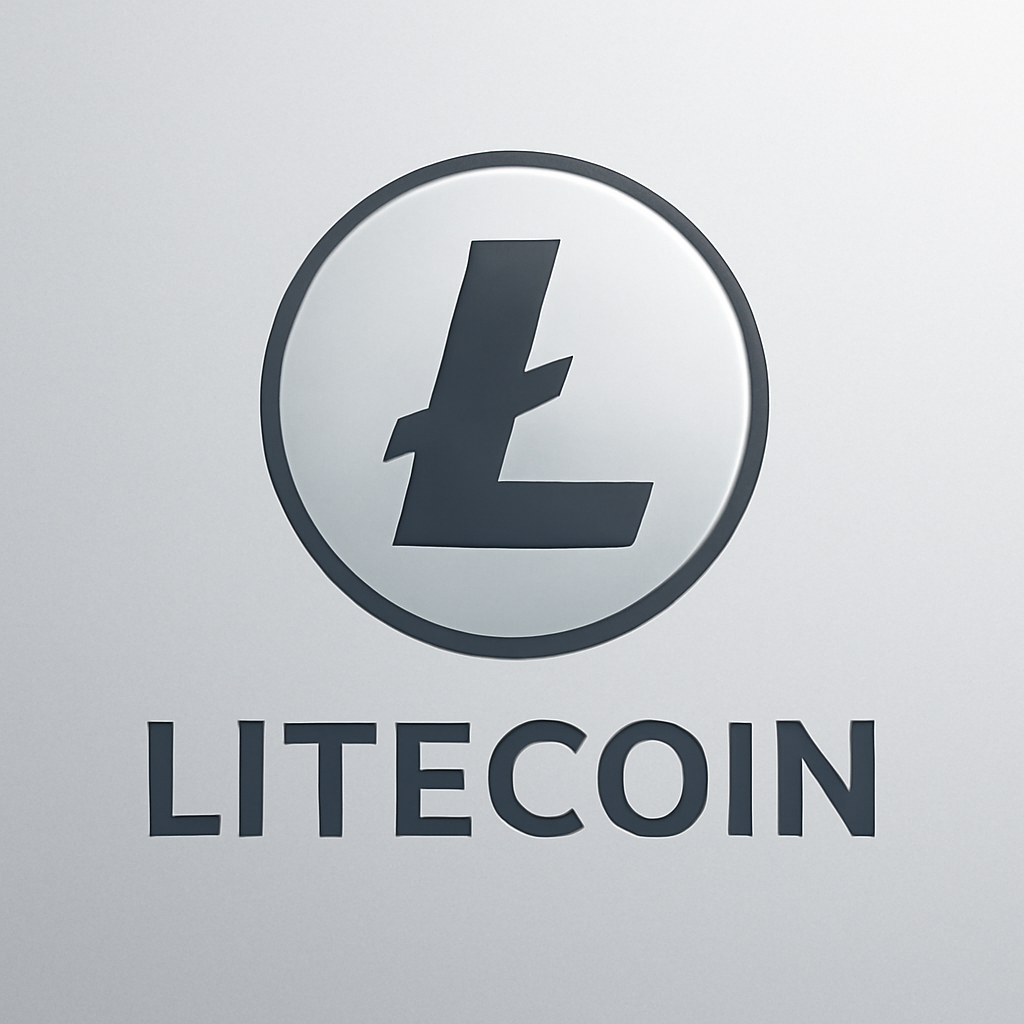XRP is one of the most well-known and widely used cryptocurrencies. Unlike Bitcoin and many others, it was specifically designed with a goal in mind: improving the global financial system, particularly the world of cross-border payments. In this guide, we’ll explore XRP in-depth, covering its history, technology, use cases, advantages, and challenges, as well as its potential role in the future of digital finance.
What is XRP and When Did It Come Into Existence?
[XRP] is a digital asset created to facilitate fast, secure, and low-cost payments, primarily designed for use by financial institutions. Ripple Labs, the company behind XRP, launched it in 2012 with the aim of revolutionizing the way money is transferred internationally.
Definition of XRP
XRP is a cryptocurrency designed to act as a bridge for transferring value between different currencies. XRP is primarily used within RippleNet, the network of financial institutions and payment providers that Ripple Labs has built to facilitate global payments. XRP allows for the settlement of payments almost instantly and at a very low cost, positioning it as a potentially game-changing solution for international money transfers.
History of XRP’s Creation
Ripple Labs, founded in 2012 by Chris Larsen and Jed McCaleb, had a vision to create a digital asset and platform for faster and cheaper international payments. The company initially focused on improving the global financial infrastructure rather than competing directly with Bitcoin or other cryptocurrencies. XRP was born out of this vision, and its primary role was to serve as a liquidity tool within the Ripple network.
The Ripple network allows for fast transactions across borders without relying on traditional banking infrastructure. XRP’s creation was a solution to the slow and costly international payments systems that were prevalent at the time. It is designed to facilitate liquidity between different currencies, and, as of now, XRP continues to serve as the foundational asset within RippleNet.
Technology Behind XRP
XRP uses a unique technological infrastructure that distinguishes it from many other cryptocurrencies. While Bitcoin and many other cryptocurrencies rely on mining and proof-of-work, XRP uses a consensus algorithm to validate transactions, which makes the network much faster and more energy-efficient.
RippleNet and XRP Ledger
RippleNet is the decentralized network of payment providers that uses the XRP Ledger (XRPL) to settle transactions. The XRP Ledger is an open-source, decentralized blockchain-like technology that is designed to enable fast and secure financial transactions.
Ripple uses a consensus protocol in which independent validators verify the legitimacy of transactions. This is different from Bitcoin’s proof-of-work system, where miners compete to solve mathematical puzzles in exchange for new coins. The XRP consensus mechanism allows for faster transaction processing times and lower energy consumption compared to Bitcoin’s mining system.
Decentralized etwork: How XRP Works
In many ways, XRP operates in a decentralized manner, although not entirely in the same way as Bitcoin. While Bitcoin’s network depends on a large pool of miners to secure transactions, XRP relies on a set of independent validators. These validators are responsible for confirming the transactions, and they are spread across the world, reducing the risk of centralization.
What is a Decentralized Network?
A decentralized network ensures that no single entity controls the entire system. In the case of XRP, independent validators play a crucial role in reaching a consensus about the validity of transactions. These validators are selected by the Ripple network participants, not just Ripple Labs itself. Therefore, while Ripple Labs does have some influence, it does not have complete control over the XRP network.
This decentralized nature ensures that XRP transactions are transparent, secure, and resistant to censorship, even though it doesn’t rely on traditional mining.
Transactions on XRP: Speed, Cost, and Scalability
XRP stands out for its ability to process transactions quickly and affordably, which makes it ideal for use in cross-border payments. Here’s an overview of XRP’s transaction capabilities.
Transaction Speed
- XRP is capable of processing up to 1,500 transactions per second (TPS), significantly higher than Bitcoin’s 7 TPS.
- The average time to confirm a transaction is typically 3-5 seconds, making XRP one of the fastest cryptocurrencies in terms of transaction speed.
Transaction Fees
- XRP offers extremely low transaction fees, often around 0.00001 XRP per transaction, which is much lower than Bitcoin or Ethereum transaction costs.
- This low cost makes XRP ideal for international transfers, microtransactions, and payments in developing countries
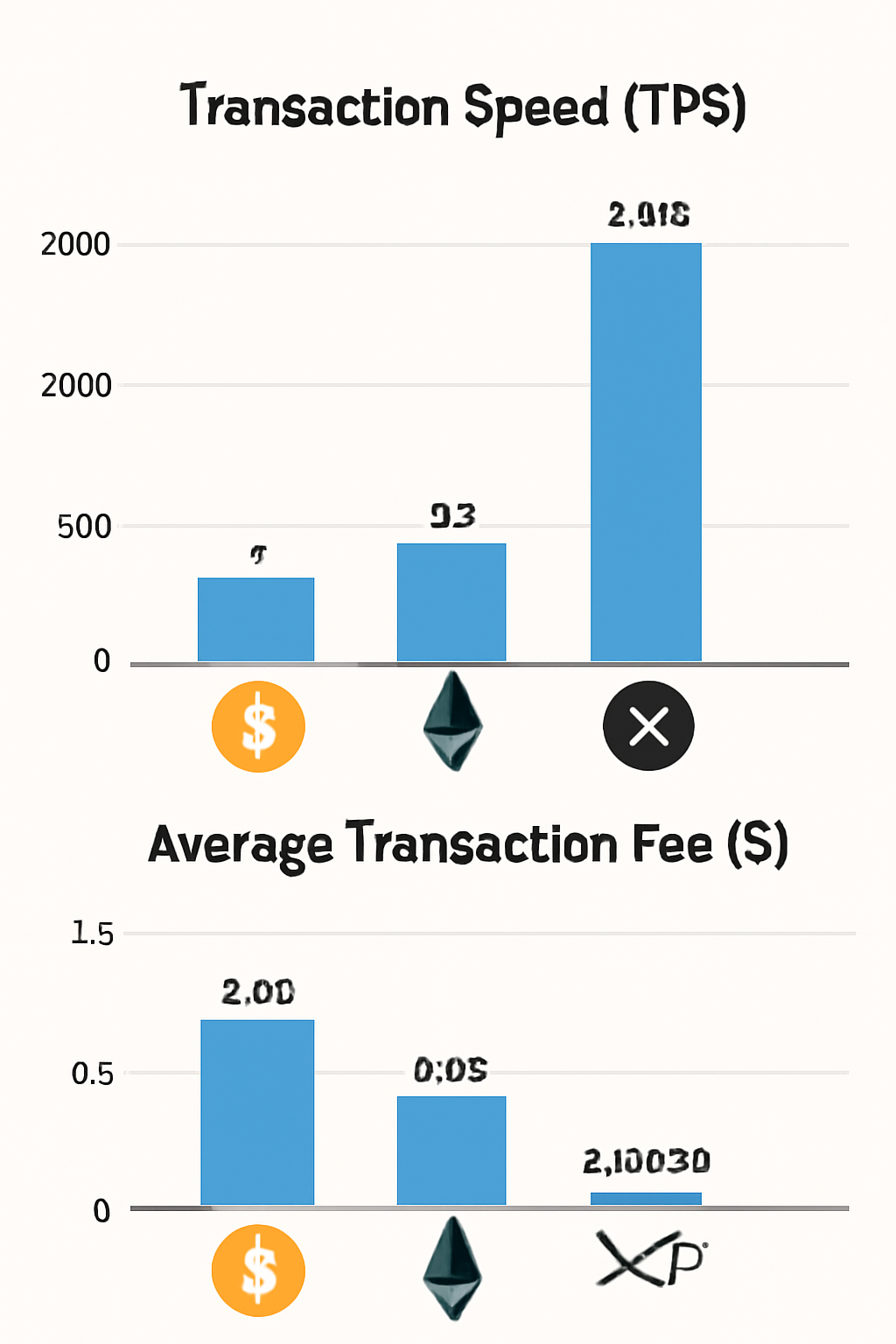
Scalability Challenges
Despite its impressive transaction speed and low fees, XRP faces scalability challenges. These include the need for broader adoption by financial institutions, integration with more payment providers, and addressing the concerns of regulators.
Scaling Solutions
XRP has been addressing scalability issues by leveraging its consensus mechanism and introducing features like sidechains and interoperability to enable greater scalability and further adoption. Ripple has also been in discussions with financial institutions to expand its global reach and improve XRP’s infrastructure.
Environmental Impact of XRP
When compared to energy-intensive mining-based cryptocurrencies like Bitcoin, XRP is more environmentally friendly due to its consensus-based system.
Sustainable Mining
Since XRP does not rely on traditional mining, its environmental impact is minimal. Bitcoin, by contrast, consumes vast amounts of electricity in its proof-of-work mining process, which has raised significant concerns over its environmental effects.
Energy Consumption of XRP
XRP’s consensus mechanism, which involves validators instead of miners, is highly energy-efficient. It doesn’t require powerful mining hardware or high electricity consumption, making XRP a more sustainable option for global payments.
Developments in the XRP Ecosystem
Ripple Labs continues to innovate and expand the XRP ecosystem, forging new partnerships and exploring innovative solutions to enhance its utility.
Current and Future Developments
Ripple has continued to form partnerships with major financial institutions like Santander, American Express, and Standard Chartered to enable faster, more cost-effective cross-border payments. Ripple is also focused on regulatory compliance, ensuring that it can operate in countries around the world.
Ripple’s plans for the future include expanding RippleNet’s adoption and improving XRP’s role in global liquidity provision. There are also plans to explore other innovative solutions like central bank digital currencies (CBDCs) and tokenization.
XRP Price Forecast Until 2025
The price of XRP is subject to the fluctuations of the broader cryptocurrency market, but there are several factors that could influence its value in the coming years.
Factors That Could Affect XRP’s Price by 2025
- Legal and Regulatory Outcomes: The resolution of Ripple’s ongoing legal battle with the U.S. Securities and Exchange Commission (SEC) will likely have a major impact on the price of XRP. If Ripple is found to be in compliance with regulations, it could lead to a surge in demand.
- Adoption by Financial Institutions: Continued integration of XRP into global financial systems will drive demand for the digital asset. The more banks and payment providers use XRP for liquidity, the higher its value could rise.
- Cryptocurrency Market Trends: General market conditions and investor sentiment will play a significant role in determining XRP’s price. A favorable market environment could boost the value of XRP significantly.
Advantages of XRP Compared to Other Cryptocurrencies
XRP has several advantages that make it stand out in the cryptocurrency space, especially in the context of global payments.
Key Advantages of XRP
- Speed: XRP can process transactions much faster than Bitcoin and Ethereum, making it ideal for time-sensitive financial transactions.
- Low Transaction Fees: The transaction fees on the XRP network are much lower than Bitcoin’s or Ethereum’s, which is important for international money transfers and micropayments.
- Enterprise Adoption: XRP has already been adopted by several major financial institutions, making it more integrated into the global financial system than many other cryptocurrencies.
Why is XRP Known as “Digital Gold”?
While Bitcoin is commonly referred to as “digital gold,” XRP also has an important role to play in the digital economy. XRP is considered a “bridge asset” in cross-border payments, providing liquidity to financial institutions in a more efficient way than traditional banking systems. While XRP may not replace gold as a store of value, it has a unique role in enhancing global payment systems.
Disadvantages of XRP Compared to Other Cryptocurrencies
While XRP offers many advantages, it’s not without its downsides.
Key Disadvantages of XRP
- Centralization Concerns: Despite its decentralized network, Ripple Labs still holds a large portion of the total XRP supply. This centralization has led to concerns about the control Ripple Labs has over the asset and its network.
- Regulatory Uncertainty: XRP faces significant regulatory challenges, particularly in the United States. The ongoing legal battle with the SEC has created uncertainty around XRP’s status as a security or a currency.
- Limited Use Cases: Compared to Bitcoin, which is widely adopted as both a store of value and a medium of exchange, XRP’s use cases are more focused on liquidity provision and cross-border payments.
Is XRP Anonymous?
XRP is not fully anonymous. Like Bitcoin, XRP transactions are recorded on a public ledger, meaning that transactions can be traced. However, the identities behind the transactions are not directly revealed. In contrast, cryptocurrencies like Monero and Zcash are designed to be fully private and anonymous.
Comparison to Other Cryptocurrencies
XRP’s level of privacy is comparable to Bitcoin, offering pseudonymity but not complete anonymity. This transparency makes XRP more suitable for institutional use, where regulations and compliance are important.
Is XRP Secure?
XRP is highly secure due to its consensus algorithm, which prevents centralized control and ensures the integrity of transactions. Additionally, Ripple constantly updates the XRP Ledger to protect it from vulnerabilities.
Security Features
- Consensus Algorithm: XRP’s decentralized consensus mechanism makes it more secure than centralized systems that rely on a single entity.
- Validator Nodes: The use of independent validators ensures that the network is not vulnerable to 51% attacks, which can threaten other blockchain systems.
Is XRP Real Money?
XRP is not yet considered “real money” in the traditional sense, as it is not widely recognized as legal tender in most countries. However, it can serve as a medium of exchange within Ripple’s network and is used for liquidity and cross-border payments.
Use Cases for XRP
XRP’s primary use case is as a bridge asset for global payments.
XRP Use Cases
- Cross-border Payments: XRP facilitates fast, low-cost international payments, making it ideal for use in global remittance markets.
- Liquidity Provision: XRP is used by financial institutions as a source of liquidity in foreign exchange transactions.
- Microtransactions: XRP’s low transaction fees make it suitable for micropayments, which are often too costly with Bitcoin or Ethereum.
Regulation of XRP Worldwide
XRP is subject to varying levels of regulation depending on the country. In some places, it is treated as a commodity, while others are still working to determine its legal status. Regulatory clarity will play a major role in determining the future of XRP.
Global Regulatory Landscape
- El Salvador: El Salvador is one of the few countries where cryptocurrencies, including XRP, are recognized as legal tender.
- China: China has banned cryptocurrency trading and mining but still explores blockchain technologies and their potential use in the financial sector.
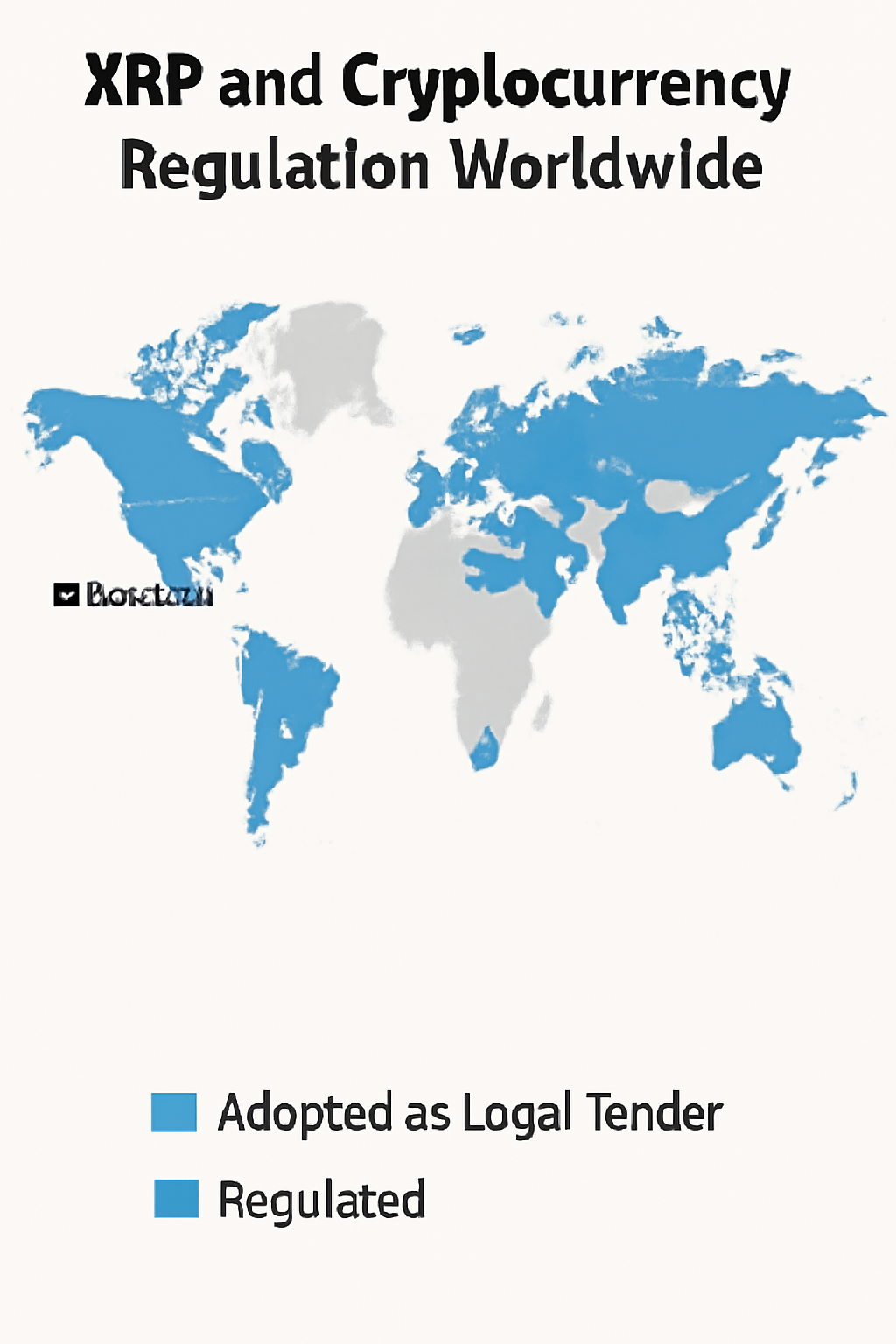
Security of the XRP Network
XRP’s security comes from its consensus algorithm and decentralized validators, making it highly resistant to hacks and fraud.
Response to Potential Attacks
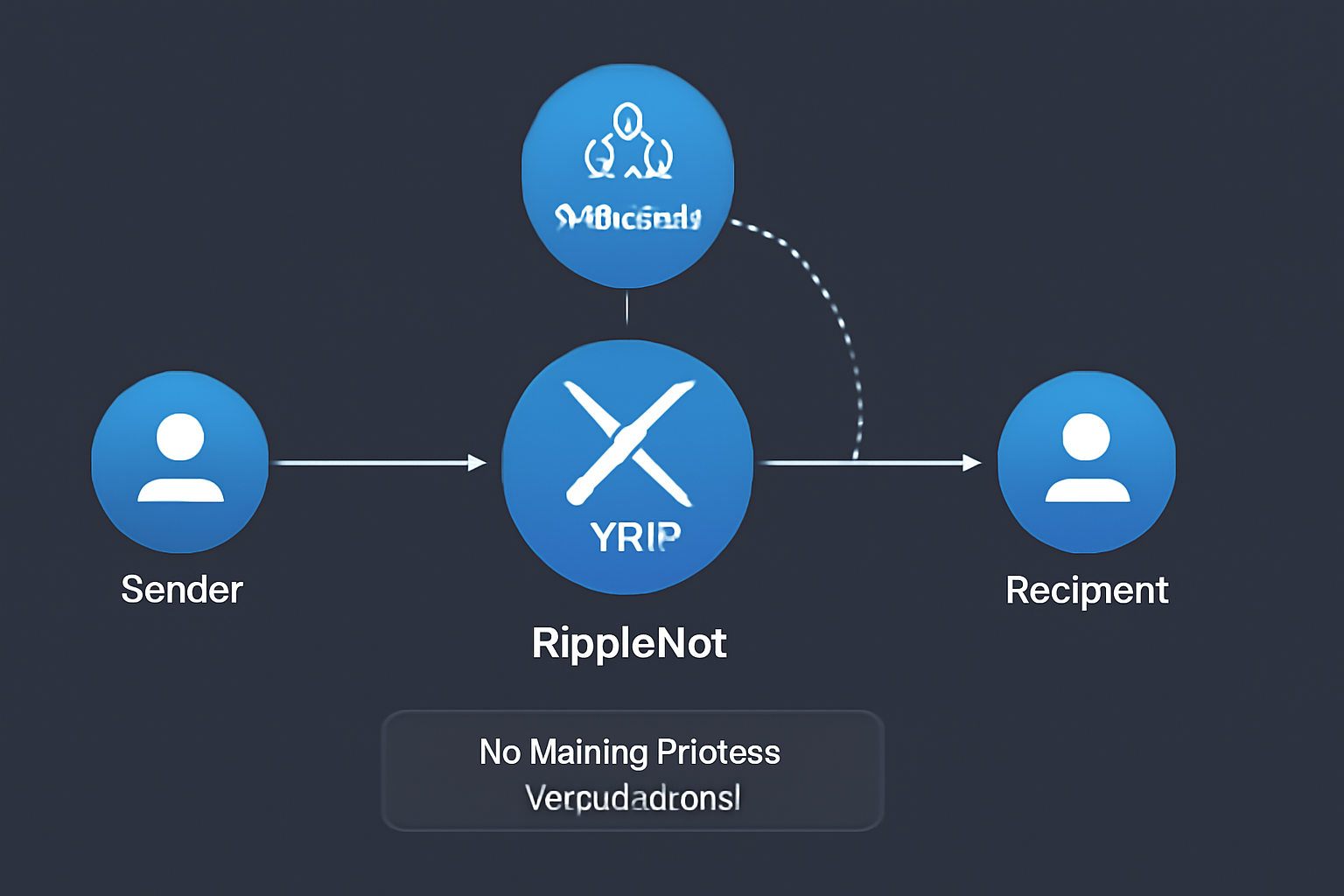
Ripple Labs has designed the XRP network to quickly respond to any potential attacks, ensuring that the ledger remains secure and resistant to any form of manipulation. The decentralized nature of XRP also ensures that no single entity can control or attack the system.
This guide provides a comprehensive look into XRP’s features, use cases, and role in the financial world. XRP is a rapidly growing and evolving asset with significant potential to transform the future of global payments.
Disclaimer
The information on this website is for educational purposes only, and investing carries risks. Always do your research before investing, and be prepared for potential losses.
18+ and Gambling: Online gambling rules vary by country; please follow them. This website provides entertainment content, and using it means you accept out terms. We may include partnership links, but they don't affect our ratings or recommendations.
Crypto promotions on this site do not comply with the UK Financial Promotions Regime and are not intended for UK consumers.


